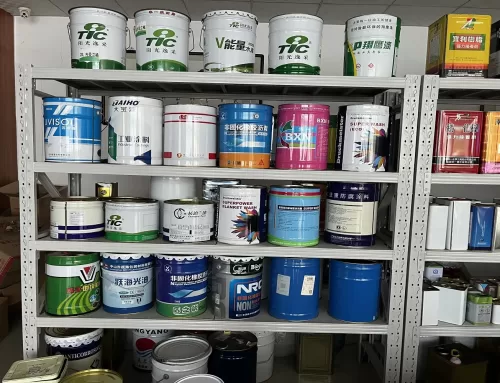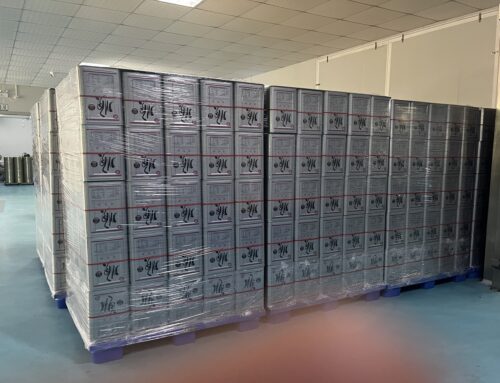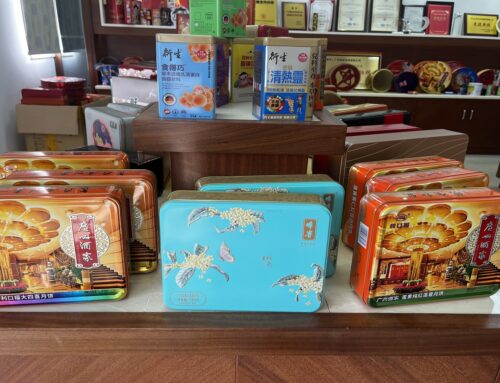After the can body is square and flanged, it is sent forward by the chain. Before entering the main engine, the blocking cylinder separates the tank body one by one and releases it. On the left side of the machine head, there is an automatic capping device. The operator only needs to put the rounded lids into the hopper one by one. When working, the cover is driven by the cylinder to separate the cover one by one. A tank body positioning cylinder is installed on the conveying rack under the sub-lid seat to block the tank body. Position the can body directly under the lid and wait for the lid to fall. At this time, the holding mold comes over to hold the can body and the lid together, and then position the cylinder to release one by one. Hold the can body and lid to another station. The other holding tank mold is sent to the bottom of the first host for sealing. The position of the positioning cylinder can be adjusted in a small amount according to the size of the tank. The tank holding mold and the tank pushing mold are both mounted on two symmetrical long sliding plates. The long sliding plate is connected with the ball screw, and the ball screw connected with the servo motor moves the tank holding mold back and forth. When working, the tank holding mold will hold the tank body and lid at the same time, and then send them to the bottom of the host for sealing. At the same time, the pushing block installed on the same slide plate as the holding mold pushes the last sealed can body onto the conveyor belt of the middle conveyor frame.
After the can body has run for a certain distance, the turning machine will turn the can body. When the can body runs to the second host, repeat the previous action, the holding mold will hold the can body and the lid at the same time, and send it to the second host for sealing. The tank holding mold hugs the tank body and the upper cover at the same time, and then sends them to the second host for sealing. The action is the same as the first host. At this time, the sealing of the upper cover and the bottom cover of an empty can is completed.
Sealing process:
The chain conveys into the tank → the cylinder separates the tank body → separates the lid and drops the lid → simultaneously holds the tank and holds the lid → sends to the supporting tank → cylinder rises → seals the bottom cover → cylinder falls → pushes the tank → can body U-turn → repeats the previous process → seals the lid →Cylinder descends→Pushing the tank→Out of the tank.




